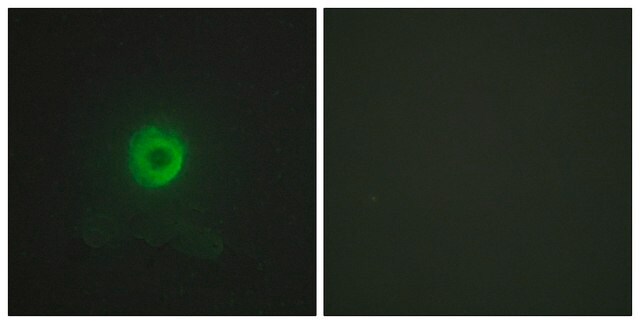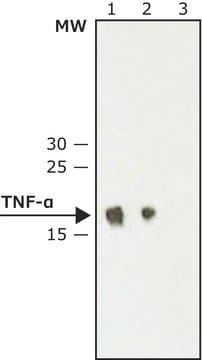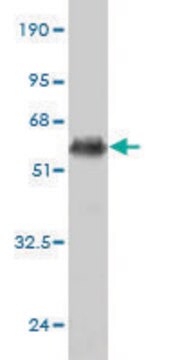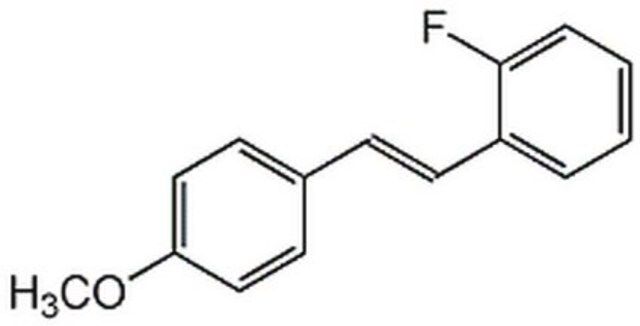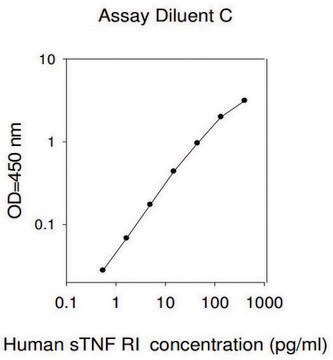T2315
Anti-Tumor Necrosis Factor Soluble Receptor Type II antibody produced in goat
IgG fraction of antiserum, lyophilized powder
Synonym(s):
CD120b antigen, Etanercept, TNF sRII, TNF-R2, p75 TNF receptor, p75TBPII, p75TNFR, tumor necrosis factor receptor superfamily member 1B
About This Item
Recommended Products
biological source
goat
Quality Level
conjugate
unconjugated
antibody form
IgG fraction of antiserum
antibody product type
primary antibodies
clone
polyclonal
form
lyophilized powder
species reactivity
human
technique(s)
immunocytochemistry: 5-15 μg/mL (detects TNF RII in human PBLs)
western blot: 1 μg/mL (detects rhs TNF RII at 5 ng/lane under non-reducing conditions)
UniProt accession no.
storage temp.
−20°C
target post-translational modification
unmodified
Gene Information
human ... TNFRSF1B(7133)
General description
Specificity
Immunogen
Application
Immunocytochemistry: Concentration of 5-15 ug/ml detects TNF RII in human peripheral blood lymphocytes
Optimal dilutions should be determined by the end user.
Physical form
Other Notes
Disclaimer
Not finding the right product?
Try our Product Selector Tool.
Storage Class Code
13 - Non Combustible Solids
WGK
WGK 1
Flash Point(F)
Not applicable
Flash Point(C)
Not applicable
Certificates of Analysis (COA)
Search for Certificates of Analysis (COA) by entering the products Lot/Batch Number. Lot and Batch Numbers can be found on a product’s label following the words ‘Lot’ or ‘Batch’.
Already Own This Product?
Find documentation for the products that you have recently purchased in the Document Library.
Our team of scientists has experience in all areas of research including Life Science, Material Science, Chemical Synthesis, Chromatography, Analytical and many others.
Contact Technical Service
